List of tourist attractions in Colombia
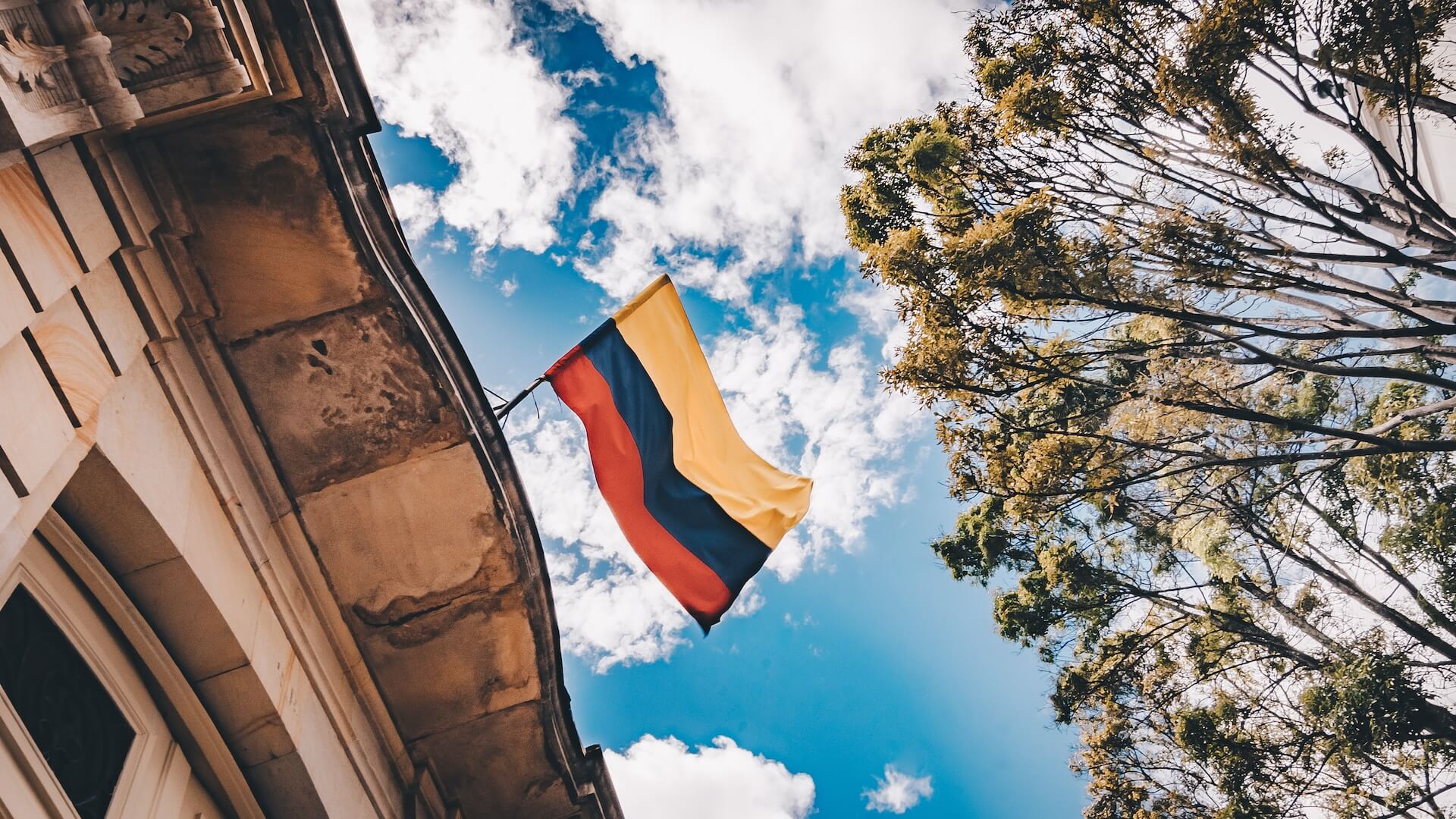
Colombia's attractions are world famous, and anyone who has visited the country is impressed by the laid-back life and friendliness of the people. The great Latin spirit pervades any corner of the country.The small colonial towns along the Caribbean coast, the spectacular national parks, the majestic Andes and the beautiful rainforests will make the whole trip even more interesting.
Cartagena
Cartagena is a seaport city located in the northwest of Colombia on the Caribbean coast, the capital of the Bolivar Department and the second largest city in Colombia. It is both an important port in the north of Colombia, but also known as a tourist destination.
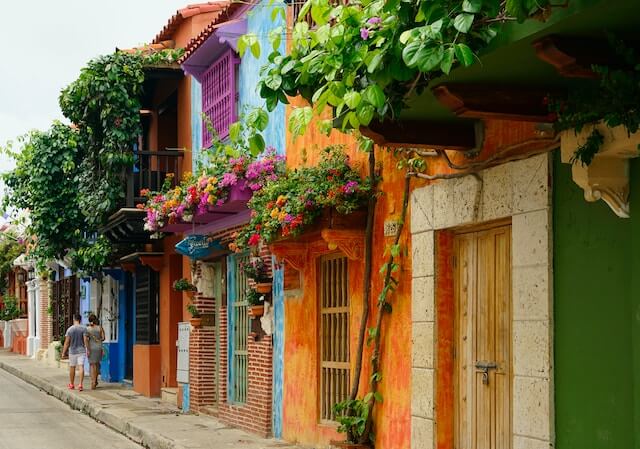
The city is surrounded by water on three sides, the scenery is beautiful, the city is lush green, the old castle, the church spire and a modern high-rise buildings of cream, light blue are mixed together, full of harmony and beauty.
Medellín
Medellín is located in the northern part of the Andes Mountains in South America, and belongs to the Antioquia Department, and is the second largest city in Colombia.The city's high altitude and the Medellín River running through it create a mild spring climate, earning it the name "Spring City". Medellín has more than 40 museums, galleries and exhibition halls, which have become a beautiful sight in the city. The Antioquia Museum is the most important museum in Medellín and the most famous museum in Colombia.
Bogota
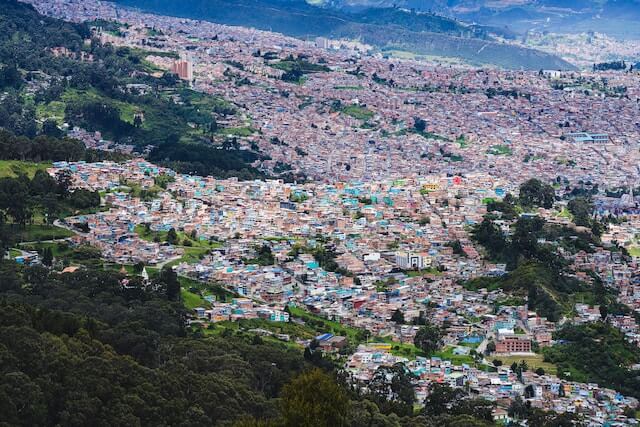
Bogota is located on a rich plateau in the Andes Mountains. The city is a historical and cultural city with South American characteristics, and is famous for its many attractions. Plaza Bolivar, Simón Bolívar Park, the Salt Church, the Guatavita Reef, and the Gold Museum opened in 1938 are all places well worth a visit.
Río Cauca
Río Cauca is the main river of Colombia, with a total length of 1,350 kilometers and a basin area of 63,000 square kilometers. The river is a good place for sightseeing with its beautiful scenery and fresh air, where you can feel the breath of nature itself, and there are many flowers and trees on both sides of the river, which is also a good opportunity to learn.
The Coffee Cultural Landscape of Colombia
The Coffee Cultural Landscape of Colombia is an outstanding example of a sustainable and productive cultural landscape, a heritage of six agricultural landscapes and 18 urban centers located in the western Andes between the mid-western foothills of Colombia.
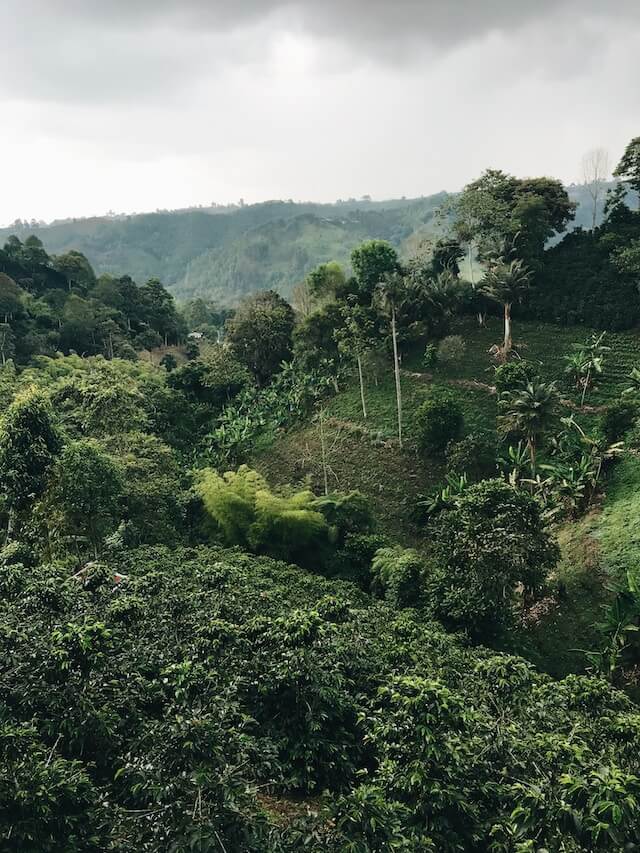
The centuries-old coffee-growing tradition here is characterized by the cultivation of small plots in arboreal forests and the unique coffee-growing methods adopted by local farmers to overcome the adverse effects of the high mountain environment.
Malpelo Island Flora and Fauna Reserve
The Malpelo Island Flora and Fauna Reserve includes the island of Malpolo and the surrounding marine environment, covering an area of 857,500 hectares. This vast marine park is the largest closed area in the eastern tropical Pacific Ocean, providing an important living environment and major food source for internationally endangered marine life. The craggy cliffs and natural landscape of magnificent and colorful caves make this place recognized as the world's top diving destination.
Santa María Bullring
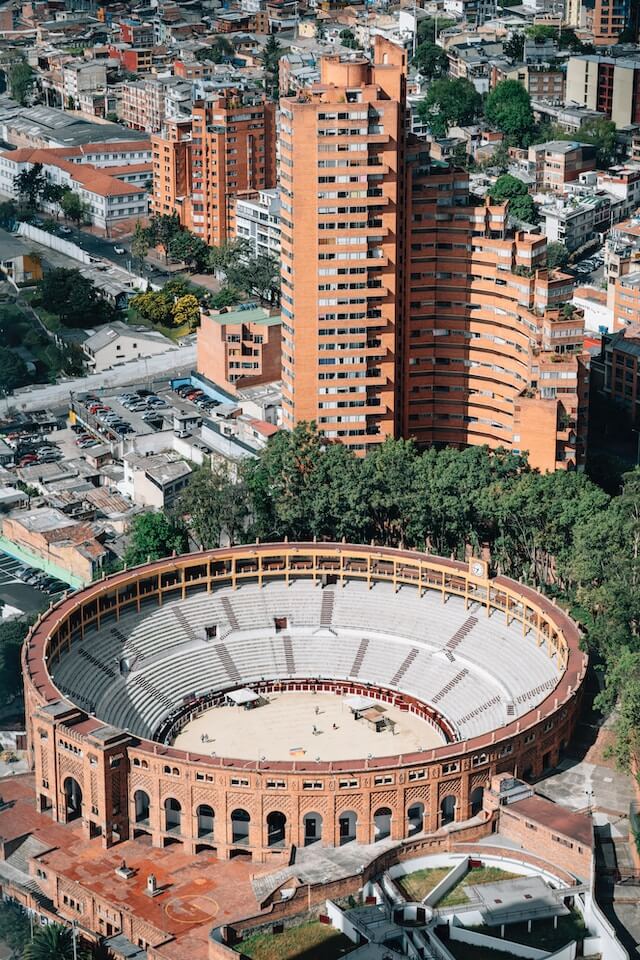
Bullfighting has been prevalent in Colombia since the 16th century, and when Colombia became independent, this tradition was preserved and became a part of people's lives. Located in Bogota, the capital of Colombia, the Santamaria Bullring was built in 1931 and has a capacity of 14,500 people to watch the fights.When it's game day, the place is crowded with people cheering for the bullfighters.
Historic Center of Santa Cruz
The Historic Center of Santa Cruz in Monpos is a typical colonial town along the main waters, and most of the buildings still retain their original purpose of use, providing a special picture of the Spanish colony.
Cartagena port, fortress and monument complex
Cartagena, bordering the Caribbean Bay, is the port and fortress of Colombia, and has a number of heritage groups, the capital of the Bolivar Department, a tourist destination.Cartagena, along with La Habana and San Juan's Portenría, is a military fortress on a necessary route to the West Indies. The city's architecture has a Spanish style, surrounded by ancient walls and churches, and the city is built on a similar amphibious open space facing the sea defense parapet.
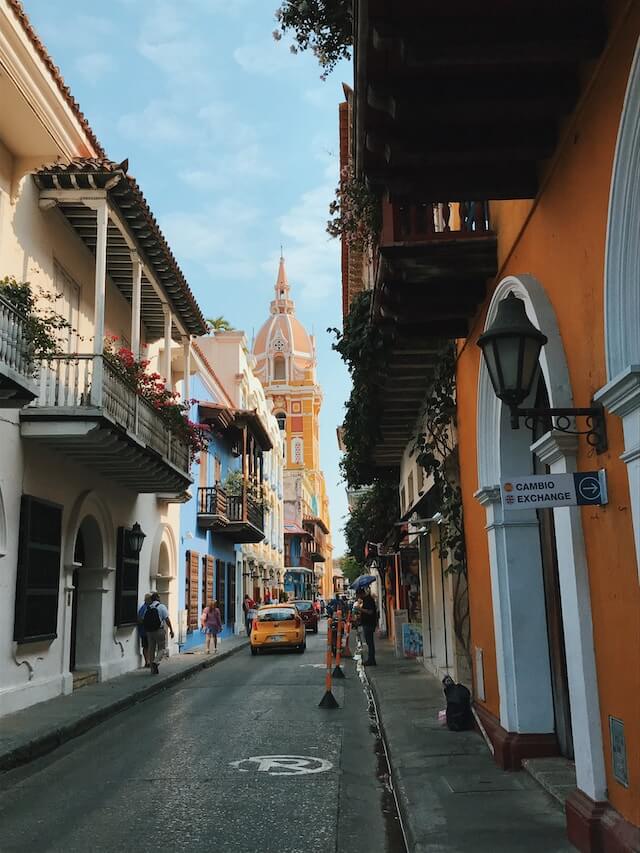
San Agustin Archaeological Park
The San Agustín Archaeological Park is located in the Andes, in the southwest of Colombia, in the department of Huila, at an altitude of more than 1,800 meters.The San Agustín Archaeological Park is the best choice for those who want to do archaeological excursions and see the scenery at the same time. There are many cemeteries, shrines and stone statues of the St. Augustine culture scattered over a radius of about 500 kilometers.
St. Augustine's artists carved beautiful statues and monuments out of basalt, using obsidian as their stone axe. Visitors can take a walking tour of the famous statue complex known as the "Jungle of Statues", which includes four small square hills with 35 statues of various styles.

